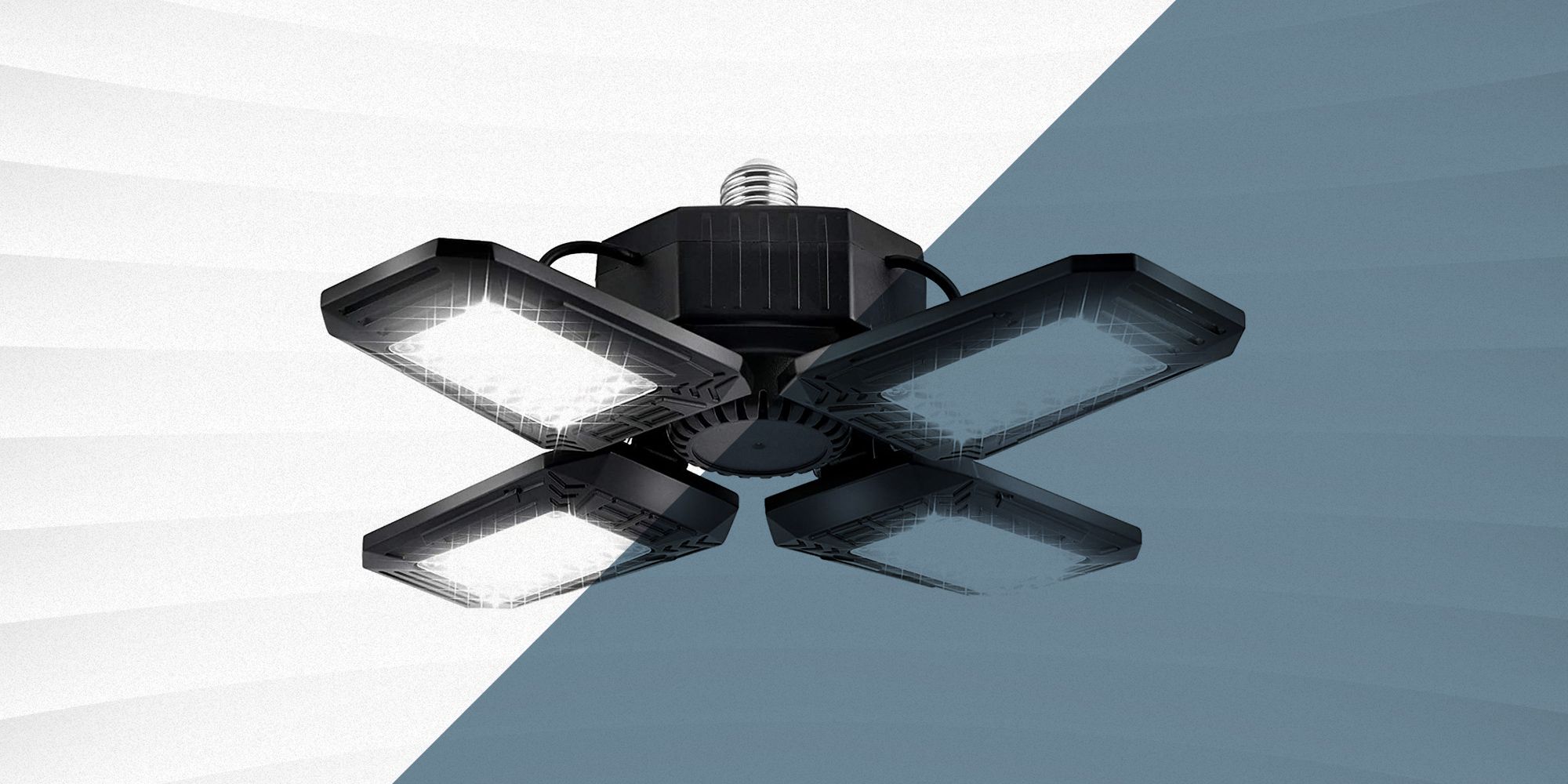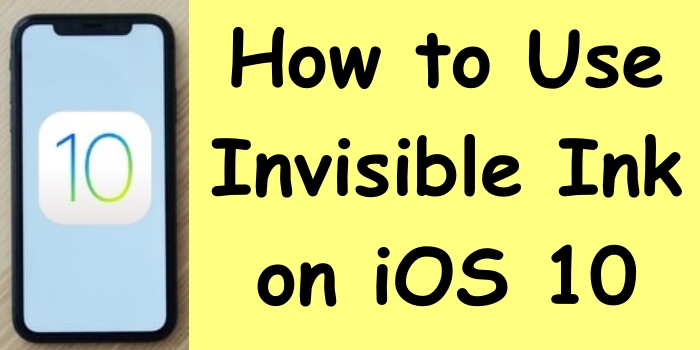Important Enterprise Web Devlopment Elements

A corporate website must fulfill a number of objectives at once, including giving relevant information to visitors, turning leads into customers, showing the company’s competence and reliability, and hosting content.
It must not only do all of these tasks, but it must do it in a manner that pleases all of the stakeholders: users, marketing, sales, and so on. However, those parties often have conflicting requirements. A visitor searching for product information may be turned off by very aggressive sales-driven calls to action. If there are too many secondary calls to action, the user may never notice the main one. The list goes on and on.
Simple to Use
The simplicity with which customers can locate what they want is the most significant feature in a website’s design, according to 76 percent of consumers. The more a visitor must search through your site in order to locate the information they need, the less likely they are to convert.
It’s a good idea to have vital information within three clicks of your fingertips. It’s preferable to keep items like client portals, price pages, product information, vital resources, and so on upfront and easy to find.
Rather than driving visitors through the sales funnel, your navigation should guide them through it. Your ultimate aim may be for a visitor to click on a buy link, but if they’re seeking something else and can’t find it, they’ll likely abandon your site, leaving you with no sale and a dissatisfied lead. The greatest benefit in developing this type of platform can be obtained using professional enterprise web development services.
Design That Is Conversion-Centric
Conversion does not necessarily imply a sale when it comes to your business website. Providing an email address, taking a product requirements survey, or moving to the next sales funnel stage are all examples of conversion goals. The purpose of website design should be to persuade users to convert in a certain manner based on the goals of the landing page.
With a conversion-centric design, you must first define the final conversion objective and then create a unique and memorable journey to that goal. If the purpose of the landing page is to persuade people to enter their email address in order to download an important whitepaper, you generally don’t want to include too many different calls to action that will divert them from the intended activity.
Avoid structures that are too shallow or too deep, regardless of the sort of information architecture you employ as a basis. Insufficiently deep structures need large menus with the potential for visitors to get lost. Structures that are excessively deep, on the other hand, bury information in layers upon layers, burdening the user with several levels to explore in order to access the material they want. Information Architecture that is Strong
It may seem simple to organize material in a logical manner, but the more information and content you have on your website, the more difficult it becomes. If the structure isn’t solid, this intricacy is a huge drawback to the end-user experience.
Mobile-Friendly
If you put in the effort to make your business website the best it can be but don’t optimize it for mobile usage, you’re likely to lose a significant chunk of your leads.
Your website should provide identical experiences across all screen sizes, with the same capabilities to optimize for conversions, track engagement, and organize content as the desktop version. Not only would this affect your lead generation and conversion, but it might also ruin your company’s image.
Management of Content
Publishing excellent thought-leadership material, such as white papers, blog posts, and ebooks draws consumers to your site while also giving value and building trust. It also improves your search engine rankings. However, in order for your material to be successful, it must be properly saved, gated, and accessible by leads and consumers.
Content development, administration, infrastructure, production, repurposing, and scope will all benefit from a deliberate and rigorous approach. To do so on a large scale, you’ll almost certainly require a website that uses a content management system (CMS) like Sitefinity to expedite procedures and give vital data.
It may be difficult to strike a balance between individualized user experiences and your sales and conversion objectives, as well as efficiently monitoring all of the data that flows from your website. That’s not even taking into account the day-to-day chores of updating and maintaining the site. Do you already have a website? Read also about developing an application for your company: https://dinarys.com/ios-application-development-services.



